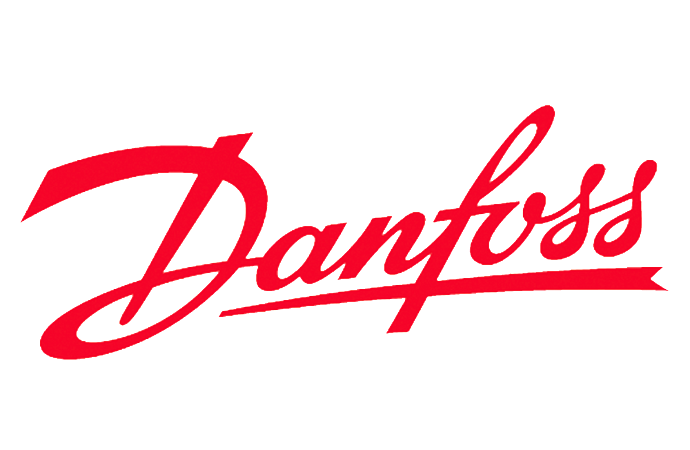A refrigerated warehouse in the Philippines has reduced its electricity demand and ammonia charge by 85% thanks to an innovative project that preserves perishable food by burning rice husks to provide heat to an ammonia absorption refrigeration unit.

The cold store, located in Mamplasan, was looking for a sustainable solution to replace its DX HCFC system and help address the comparatively lower electricity supply in developing nations such as the Philippines.
What it found was an unlikely supplier in Annapolis-based (Maryland) manufacturer Energy Concepts Company, who found the answer with the ammonia-water working pair.
CUBES (Concepts Unplugged: Business Environment Solutions) Inc. was contracted by the warehouse owner to install, operate and maintain the refrigeration equipment as an energy service company (ESCO) – the owner pays for the chilling but doesn’t own the equipment.
The refrigerated warehouse had some very specific demands. It was looking for a technology provider that could make sub-freezing cooling from thermal energy (heat) from biomass, in a compact, low-ammonia-charge package..
“We are the only company in the world that fits that description,” Energy Concepts Vice President Business Development Ellen Makar says. “The Philippines is accustomed to using ammonia as a refrigerant in compressor-based refrigeration systems but we believe this is the first instance using an ammonia absorption chillers for this purpose.”
Biomass is a ubiquitous byproduct of producing food and a prevalent practice in the Philippines. Many types of biomass can be used, including bagasse, corn stover, sawgrass, wood chips, bark, or in this case rice husks.
Makar says there are many instances of using “ipa” rice husks to fire steam boilers in the Philippines, but that this is the first instance to supply refrigeration from biomass.
“The project is getting traction based on providing food security - less reliance on an unreliable electric grid; and using in-country biomass resources as a primary fuel.”
The Thermochiller supplies 80 RT (tons of refrigeration) and is expected to be commissioned in November 2015. It follows a smaller 20 RT unit that was supplied in September 2014.
Heating AND cooling: How is the circle of sustainability closed?
At full capacity, 300 kg of rice husks are burned per hour to make steam, which powers the Thermochiller, which in turn produces 280 kW (80 tons) of refrigeration at -30⁰C. The cold is transferred from the Thermochiller to the storerooms by pumped ethylene glycol (50%) and at a second location by pumped 20% aqua ammonia.
Aside from the setup’s zero ozone depletion potential (ODP) and zero global warming potential (GWP) it is also set to achieve significant financial benefits.
“The customer pays about 75% of what they would for electric chilling; and our partner expects a payback period of less than three years on the overall system,” Makar said.
Features and benefits of the biomass/ammonia system:
- Advanced proprietary design TC80 Thermochiller
- Increased COP of 0.45 to minimise rice husk consumption.
- Reduced ammonia charge (0.5 kg per kW) to increase cold store safety.
- An 85% reduction in ammonia charge compared to conventional ammonia chillers
- The setup also achieves an 85% reduction in electricity usage
The reduced electricity usage is a result of the idling of the old DX HCFC system. The contractor team had to install a different air coil and piping in the refrigerated space to accommodate the new system.
CO2 a future solution
Ultimately it is planned to use pumped saturated CO2 instead of ammonia to save on pumping power and capital. Makar explains that CO2 could be used in instances where the cold store does not want any ammonia in the refrigerated space, but where the temperatures are too cold for a circulating glycol or brine.
To solve this, CO2 could be used as a secondary refrigerant, to deliver the chilling to the refrigerated space.
For more information, contact Ellen Makar at emakar@energy-concepts.com
MORE INFORMATION
Related stories



